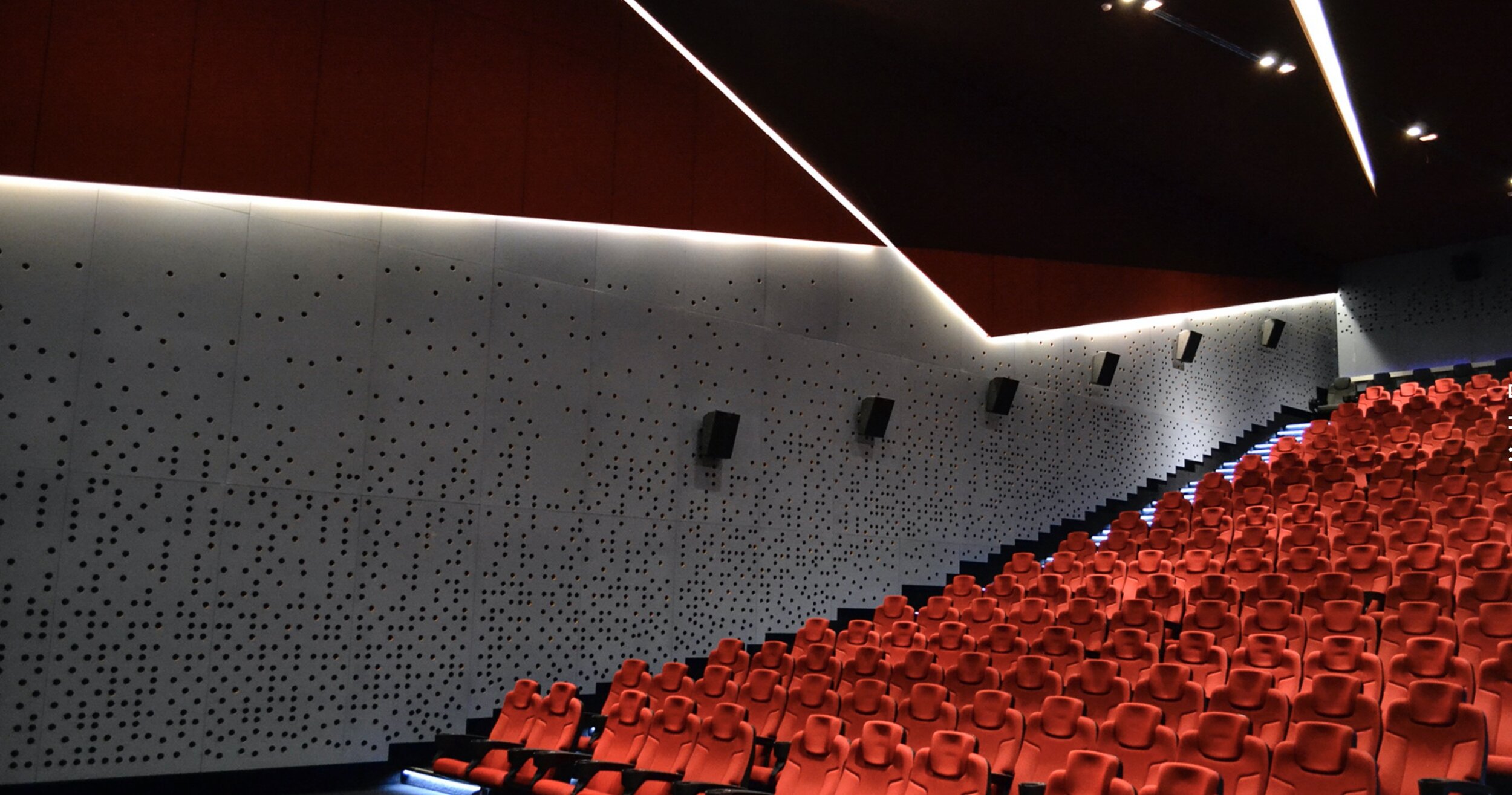Parametric Engineering
Building engineering design services involve the planning, analysis, and design of essential building systems to ensure safety, functionality, and efficiency. These services include structural, mechanical, electrical, and plumbing (SMEP) design. Engineers create detailed plans using advanced software to model and simulate building performance, optimizing factors like energy efficiency, durability, and cost-effectiveness. Key aspects include sustainable design, compliance with regulations, and integration with architectural vision. The goal is to deliver well-coordinated systems that meet client needs, from residential homes to commercial properties, ensuring reliable operation, ease of maintenance, and long-term value for the built environment.

Parametric Engineering Design Services
Parametric MEP Engineering
Parametric MEP engineering leverages algorithmic design and computational tools to optimize mechanical, electrical, and plumbing systems.
By using parametric modeling, engineers can automate design processes, quickly adapt to changes, and explore multiple scenarios to find the most efficient solutions.
This approach enables the integration of complex building geometries and dynamic requirements, ensuring systems like HVAC, lighting, and water distribution are both efficient and adaptable. Parametric MEP engineering also enhances coordination with architectural and structural elements, resulting in optimized layouts, reduced material waste, and improved performance.
The process supports sustainable design goals, leading to energy-efficient, high-performing buildings.
Parametric Environmental Engineering
Parametric environmental engineering applies algorithm-driven design to optimize building performance and sustainability.
By using parametric tools, engineers model and analyze factors like daylighting, natural ventilation, energy efficiency, and thermal comfort. The approach allows for the exploration of multiple design scenarios, enabling the creation of high-performance, responsive buildings.
Parametric environmental engineering integrates real-time data with environmental analysis, ensuring designs meet energy goals, reduce carbon emissions, and enhance occupant comfort.
It also supports regenerative and resilient designs by considering site-specific factors like solar exposure and wind patterns, leading to innovative, environmentally sensitive solutions that are adaptable and efficient.
Parametric CFD Engineering
Parametric CFD (Computational Fluid Dynamics) comfort and massing engineering combines algorithmic design with fluid dynamics to optimize indoor comfort and building form.
By using parametric tools, engineers can simulate airflow, temperature distribution, and ventilation efficiency, allowing designs to adapt dynamically to environmental conditions.
The approach helps refine building massing and geometry to maximize natural ventilation, improve thermal comfort, and reduce energy consumption. Parametric CFD enables rapid iteration and real-time analysis, aligning design decisions with occupant comfort and environmental goals.
This integration leads to efficient, performance-driven solutions that balance aesthetics, comfort, and sustainability in both interior and exterior spaces.
Parametric Acoustic Engineering
Acoustic engineering focuses on controlling and optimizing sound in buildings and environments.
It involves designing spaces that manage noise levels, enhance sound quality, and ensure occupant comfort. Key areas include sound insulation, vibration control, and speech intelligibility in various settings like offices, theaters, and residential spaces.
Acoustic engineers use simulations and analysis tools to design solutions that minimize noise transmission, reduce echoes, and enhance audio clarity.
This field integrates material science, architecture, and engineering to create environments that balance functionality and acoustic performance, addressing both external noise sources and internal sound requirements for optimal auditory experiences.
Case Study: Parametric Acoustic Design for a Cinema Theatre
Project Overview
This case study explores the use of parametric acoustic design in optimizing the acoustic performance of a cinema theater. The project focuses on the precise configuration of reflecting surfaces, seating arrangement, and speaker placement, all tailored to deliver superior sound quality and an immersive auditory experience.
Objectives
The main objectives of this project were:
1. To achieve optimal sound reflection and absorption for clear dialogue and rich, immersive audio.
2. To configure seating arrangements that ensure uniform sound distribution across all audience members.
3. To strategically position speakers for balanced coverage and consistent sound intensity throughout the theater.
The Role of Parametric Design
Parametric design tools played a crucial role in fine-tuning the acoustic performance. By embedding acoustic principles into a parametric model, the design team could test and adjust various configurations in real-time. Algorithms were employed to optimize the geometry of reflecting surfaces, seating layout, and speaker arrangements, ensuring that every design decision enhanced the theater’s overall acoustic performance.
Reflecting Surface Optimization
In cinema theaters, sound reflection plays a critical role in delivering clear, balanced audio. Parametric design was used to shape the walls, ceiling, and surfaces to control sound reflections and minimize issues like echoes, dead zones, and reverberation.
1. Surface Geometry: The ceiling and sidewalls were designed with curved, angled surfaces that directed sound reflections toward the seating area. By adjusting the curvature and angles through parametric modeling, the design minimized sound scattering and ensured that reflected sound complemented the direct sound from speakers.
2. Material Selection: Parametric simulations helped determine the optimal combination of reflective and absorptive materials. Surfaces closest to speakers were made reflective to enhance clarity, while surfaces further away were treated with absorptive materials to prevent excessive reverberation.
3. Diffuse Reflection: Diffusers were strategically placed to scatter sound evenly across the audience, avoiding concentrated reflections that could cause uneven sound distribution. The size, placement, and pattern of the diffusers were optimized through parametric algorithms.
Seating Arrangement Optimization
Seating arrangement is crucial to ensuring that all audience members experience consistent sound levels, regardless of their position within the theater.
1. Optimized Rows and Elevation: Parametric modeling allowed the design team to experiment with different seating layouts and elevations. The goal was to maintain consistent sightlines while ensuring that sound coverage remained uniform. Rows were adjusted for staggered seating, which prevented sound shadows and maintained direct paths from the speakers to each seat.
2. Sound Zone Analysis: The parametric model divided the theater into zones and simulated sound pressure levels for each seat. Adjustments were made to seat angles and row spacing to minimize variations in sound intensity and ensure that all seats fell within the optimal acoustic range.
3. Occupancy-Based Adjustments: The model accounted for the effect of audience absorption, adjusting seating distances and angles to compensate for variations in sound absorption based on occupancy levels.
Speaker Arrangement Optimization
The placement and configuration of speakers are key to achieving a balanced soundscape that covers the entire audience.
1. Speaker Placement: Parametric algorithms were used to test various speaker locations, angles, and configurations. The aim was to provide even sound distribution without creating hotspots or dead zones. The model optimized speaker positioning by considering room dimensions, seating layout, and reflection patterns.
2. Surround Sound Calibration: The design incorporated a surround sound system, with speakers placed along the sidewalls and rear of the theater. Parametric modeling ensured that sound from these speakers blended seamlessly with the front channels, creating a cohesive sound field. Delays and levels were adjusted based on simulations to achieve perfect synchronization.
3. Subwoofer Positioning: Low-frequency sounds can be challenging to manage due to room modes and standing waves. The parametric model helped identify optimal subwoofer placement by analyzing bass distribution and minimizing areas of excessive or insufficient bass. The result was a smooth, even bass response across the theater.
Results and Outcomes
The parametric acoustic design led to several significant improvements in sound quality:
- Enhanced Clarity and Immersion: The optimized reflecting surfaces and speaker arrangements provided clear dialogue and rich, immersive sound, enhancing the overall cinematic experience.
- Uniform Sound Distribution: Audience members in all seats enjoyed consistent sound levels, with no significant drop-offs in volume or clarity.
- Reduced Reverberation and Echoes: The carefully controlled reflections and strategic use of absorptive materials resulted in a balanced acoustic environment with minimal reverberation and echoing.
Conclusion
This case study demonstrates the power of parametric design in fine-tuning the acoustics of a cinema theater. By integrating acoustic principles into a parametric model, the design team was able to explore multiple configurations quickly, optimize key design elements, and deliver a cinema experience that meets the highest standards of sound quality. The result is a theater that not only provides an exceptional auditory experience but also exemplifies how technology-driven design can elevate the performance and comfort of entertainment spaces.




